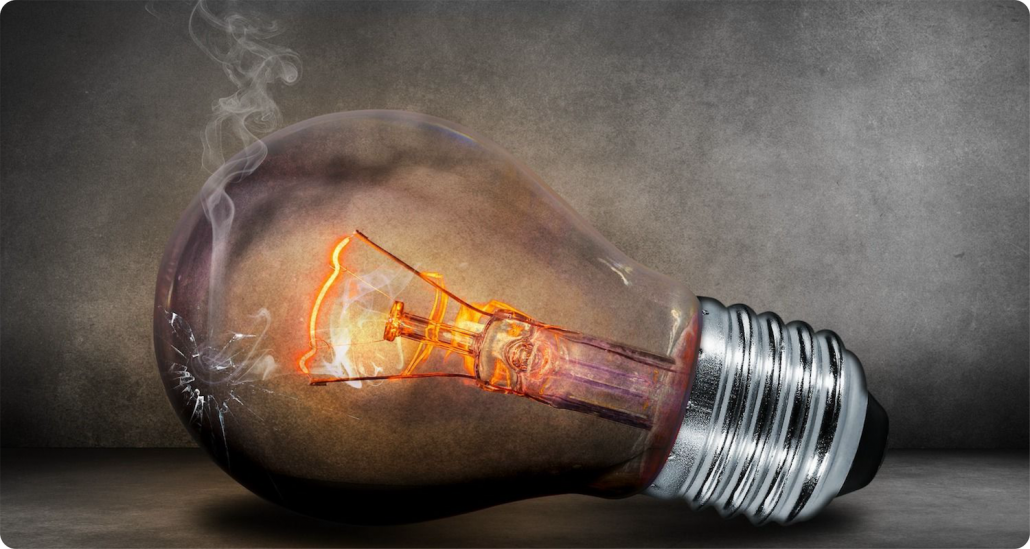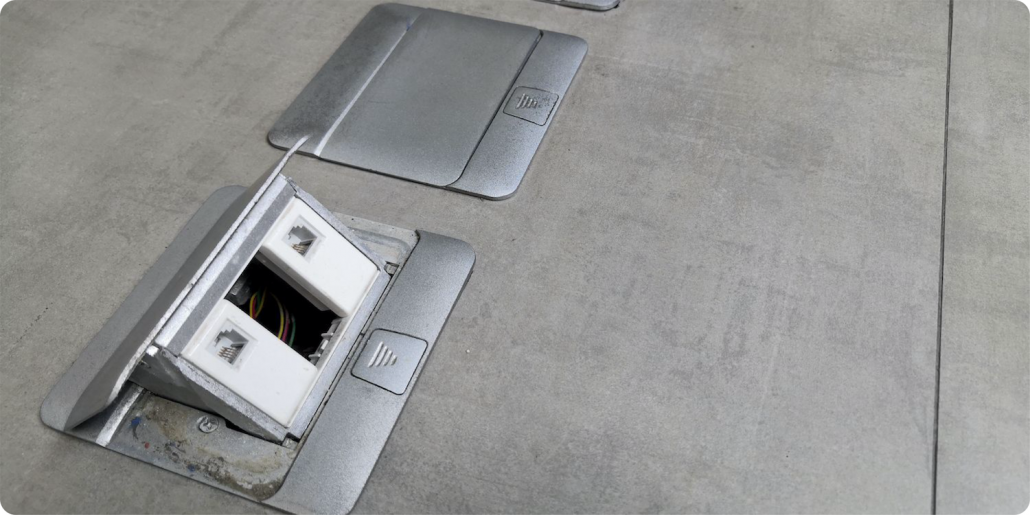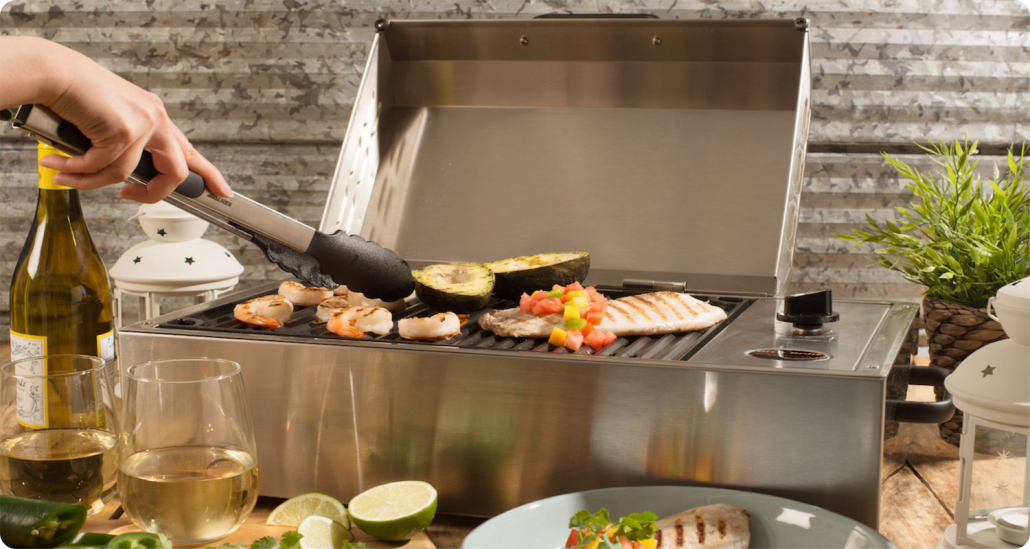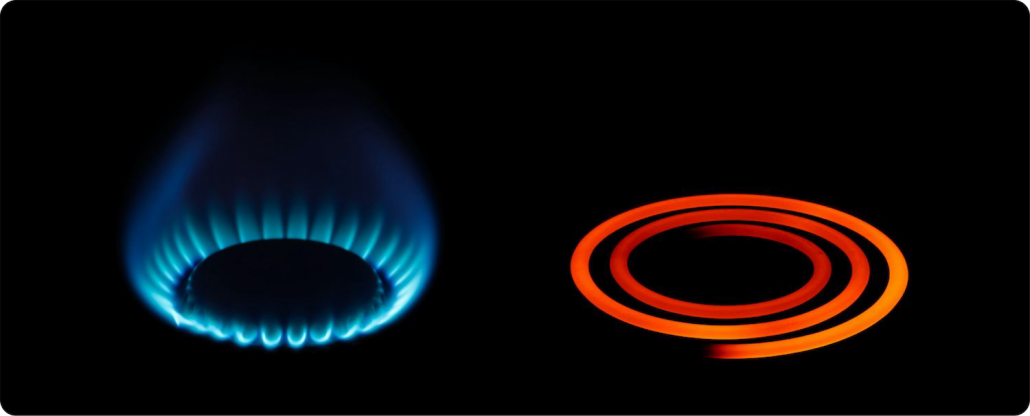June 7, 2021 | Cristina Dinulescu
A power drill, also known as an electric drill, is a highly versatile tool that many passionate DIY-ers absolutely love. Not only does it help drill multiple kinds of holes, but it can also sand or grind, as well as drive screws. You can use it for many purposes, including stirring paint or plaster.
It’s not just that power drills are highly versatile, but they also come in a variety of sizes, the large ones differentiating from the small drills based on chuck capacity. The chuck is the part of the drill that grips the end bit which is the part that actually cuts. For pistol-shaped drills, this is located where the barrel of the gun would normally be. Most models allow for tightening or loosing of the chuck with a specially made key that has a beveled gear.
Newer drills come with keyless chucks, which are usually larger than the traditional ones. Their size and molded shape make it easy for you to securely grip and tighten the bit in the chuck with your hand. Another difference between newer and older models is corded vs cordless drills. Take a look below to understand the many options available and when to use each.
No matter how experienced you are as aDIY-er, an electric drill is a powerful tool and you should always exercise caution when working with one and follow safety guidelines. Also be sure to follow the manufacturer’s instructions for usage. Always wear safety equipment when using such a powerful tool.
The Corded Power Drill
As mentioned above, one of the main differences between the types of power drills is corded vs cordless. Even though cordless might seem like the obvious convenient choice, the best one for you actually depends on the task at hand. If you’re tackling a time-consuming task, then a corded drill might be a better option, as you don’t risk a dead battery.
Another advantage of the corded drill is that it’s usually less expensive than the cordless models. It comes in a variety of models, from hammer and right-angle drills to drill drivers and impact drivers, so you can tackle any project.
You will need high power to work with a corded grill. You’ll be able to see an amp rating on the package that will tell you the power of the model. Since you have a steady supply of electricity coming into the tool, you’ll enjoy greater runtime. The downside is, of course, that the cord restricts mobility to some extent. It also means that you might need an extension cord depending on how far the workstation is from the power outlet. There are safety measures to consider when working with an extension cord as well.
Cordless Power Drills
The cordless electric drill gives you more flexibility and mobility, with the only downside of a smaller runtime. You’ll have to stop and recharge the battery periodically. You’ll have a choice between different voltage ratings, with light-duty drills ranging between 4 and 8 volts, and more powerful drills ranging between 12 and 18 volts. The latter will most likely meet any of your needs.
The higher power models are better for heavier work, but obviously that makes the tool bigger and the battery heavier. So it will be more difficult to handle. Since you’ll have to recharge the battery from time to time, it might be a good idea to invest in a spare battery that you can have available in order to keep working while the other recharges. You can look at the amp-hour rating to compare runtimes of different batteries. However, the material you’re working with will affect the amount of time the battery lasts.
Freedom and convenience are the two biggest advantages of cordless power drills. You can minimize the disruption of an empty battery by making sure to charge the drill’s battery after every job. Many models have a LED light that indicates when the battery is done charging.
Another tip is to choose a cordless drill that has a brushless motor and lithium-ion batteries if you want greater runtimes. This is because a brushless motor provides more torque than traditional ones.
Power Drill Drivers
A power drill driver spins the bit clockwise or counterclockwise, no matter the power level. It has a basic chuck that opens and closes around the bit. There are models that come with a clutch, which allows you to set the amount of power it uses when driving the screws.
The drill drivers are best to use for basic hole drilling and they work with a range of materials, from plastic and wood to metal. The power choice comes from the size of the hole you need. The bigger the hole, the more powerful driver you need. You’ll have to check the manual to see what sizes a certain drill driver can handle. Sometimes, depending on the type of material you’re working with, you might need to drill a pilot hole first.
Hammer Drills
A hammer drill is also known as a hammer drill driver. In terms of design, it looks very much like a drill driver, but it has a hammer mechanism that’s added on. This enables the bit to be pushed in and out, which chips away at concrete while the motor of the drill spins the bit. A great advantage of the hammer electrical drill is that you can actually turn the hammering feature off, which means you can hammer drill, drill or drive with the same tool.
As mentioned above, you can use a hammer drill for pretty much anything, and it works for drilling and driving in a range of materials, such as wood, plastic, metal and concrete or masonry. When it comes to concrete drilling though, most hammer drills have a maximum rating of 1/4″. You’ll also need a vacuum and shroud when using such a drill, in order to avoid inhaling silica dust.
Impact Power Drills (aka Impact Drivers)
Impact power drills are also known as impact drivers. A lot of professionals in the field will tell you that this is not really a drill, as it does not have a forward chipping mechanism. Impact drivers feature a rotating hammer and anvil mechanism. When the tool turns, the hammer strikes the anvil violently, which gives it a much greater turning force than the standard drill.
The most common use of impact power drills are as a drill-impact driver combo kit, because then you don’t have to switch bits while you work. Most bits today come with 1/4″ hex shanks, which means they are “impact ready” and allow you to drill with this tool. The impact driver drives screws faster, which saves you time, although it’s not as smooth.
Right-Angle Drills
If you need to work in tight spaces, a right angle power drill is the best option. It’s great for drilling between floor joists or other such spaces, as it has a drill that’s mounted at a 90-degree angle to the body. They don’t usually come in every kit, due to their specialized use, but you’ll be surprised at how helpful having one can be.
Basically an electric drill with a head that’s set at 90-degree angle to the grip, a right-angle drill is usually a lot shorter than the traditional ones. The grip is also designed to be very comfortable as it’s often operated with one hand.
Apart from tight spaces like between floor joists, a right-angle drill can also be used in plumbing projects or other construction tasks, such as drilling inside a cabinet. It’s a great tool that will eliminate the need for you to use a screwdriver or any other manual tool.









